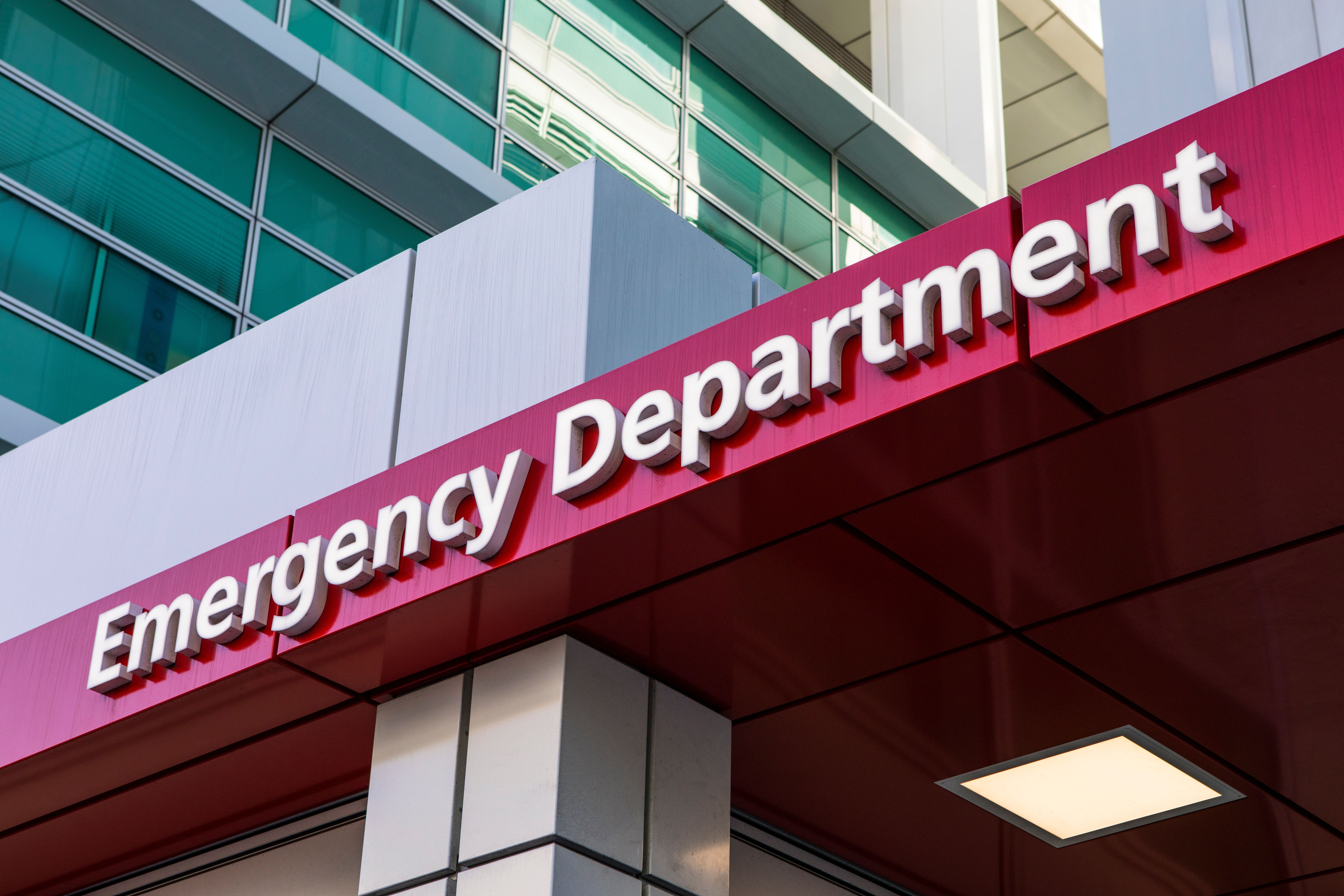Commentary
Article
Ali Khawar on Addressing the Mental Health Crisis Through Parity Law
Author(s):
Ali Khawar, principal deputy assistant secretary with the Employee Benefits Security Administration (EBSA), US Department of Labor, explains how the Mental Health Parity and Addiction Equity Act (MHPAEA) aims to address the mental health crisis in the US.
In an interview with The American Journal of Managed Care®, Ali Khawar, principal deputy assistant secretary with the Employee Benefits Security Administration (EBSA), US Department of Labor, explained how The Mental Health Parity and Addiction Equity Act (MHPAEA) aims to address the mental health crisis in the US by building up the workforce, explained Ali Khawar, principal deputy assistant secretary with the Employee Benefits Security Administration (EBSA), US Department of Labor.
The parity ensures that health plans cannot impose more restrictive access to mental health or substance use disorder benefits compared to medical and surgical benefits, providing Americans with legal rights to obtain necessary information from health plans and appeal denied claims.1 EBSA is currently working on updating the rules for MHPAEA.
In the first part of his interview with The American Journal of Managed Care®, Khawar discussed the barriers the Asian Americans face accessing mental health care.
Transcript
What role does the Employee Benefits Security Administration (EBSA), have in ensuring American workers' rights to mental health care, especially considering the challenges highlighted within the Asian American, Native Hawaiian, and Pacific Islander (AAPI) community?
Directly for us as EBSA, we're the federal agency in the Department of Labor that has jurisdiction over that federal parity law that's been on the books. It's called MHPAEA, it's the Mental Health Parity and Addiction Equity Act, signed into law in 2008. We, along with HHS and the Department of Treasury have jurisdiction over that law at the federal level.
For us, if you have your insurance through a private sector employer, and that's how you have your health benefits, we're the regulator. If you're in the individual insurance market, then the Department of Health and Human Services is the regulator. That's kind of the easy way of thinking about the dividing line. One way in which we deal with this is directly in enforcement and regulation of this parity law. From the beginning of this administration, over 3 years ago, we made enforcement of this federal parity law, one of our highest priorities. And so we put a lot of resources into conducting investigations, highlighting problems, and actually getting them fixed within health plans.
We also have engaged in a rulemaking project to update the rules, because the rules themselves were issued shortly after that parity law was signed. So they're themselves approaching their 15th anniversary and they really are in need of a fresh look and a fresh perspective. We've proposed a rule, we got a lot of comments on it. We're working on a final rule right now. And we're hoping to issue that soon.
That will kind of reframe what it means to be in compliance with this parity law, which we think will be a benefit to employers and health plans that are trying to do the right thing and offer robust mental health benefits or substance use benefits. It will be a benefit to the insurance community, because it will clarify really what our expectations are. And it will be a benefit to us because it will be easier for us to enforce it in a variety of circumstances.
That's just on the parity front. Across the board, though, at the department and the administration, there's a lot of effort and attention being paid to mental health conditions and substance use conditions and how we can address what has been an ongoing concern—sometimes that people associate with COVID-19, but really predates COVID-19, right? The epidemic rates of mental health, of opioid use, other substance use, they predate COVID-19. COVID-19 maybe pulled the curtain back a little bit, and I think for a lot of the general public made them very aware of these issues in a way that they weren't [and] made them a little bit—I like to think—more sympathetic to individuals with mental health or substance use conditions in a way that possibly they weren't prior to COVID-19. But it's not just that experience. It predates that, even among youth, which is an area of particular concern, the rates of mental illness were really increasing at alarming levels prior to COVID-19.
With all of that in mind, there really has been this whole government approach to address all of the things I was talking about earlier, right? To think about are there ways that we can get more people in the behavioral health workforce? Are there different mechanisms for treatment that we can promote? So, an example, just to name a couple of things, I have done visits to medical schools to talk with people that were coming close to the end of their medical degree: are you thinking about pursuing psychiatry or adolescent psychiatry as a career? Having those kinds of conversations, understanding what those impediments are, from the medical school or medical student perspective. Looking at programs like peer-support programs.
For certain certain cohorts of individuals that have certain kinds of conditions—I'll give you a couple of examples—individuals who have alcoholism or mild depression, sometimes that venue of talking to people who have lived experience with that condition and can kind of moderate a conversation can be a really, really effective tool to help you increase your functionality, improve outcomes, all of these kinds of things can happen. It's under the supervision, generally, of some kind of licensed medical provider. But that medical provider can be supervising a lot more people, so it allows you to kind of scale the workforce in a really fundamental way. And training someone to be a peer support counselor versus training someone to be an adolescent psychiatrist is a very, very different kind of bite of the apple, if you will.
So you can train up that workforce pretty quickly. There are a number of ways in which they can be effective, but it's not really a panacea. But given that this is a complicated problem, the solution also needs to be pretty multifaceted, right? Work that we're doing to reduce stigma, work that we're doing to make employers—not make, but really encourage them to be more mental health-friendly or recovery-friendly in the workplace. Work that we're doing to train the workforce. Work that we're doing to increase parity. All of those things are different aspects of what the president talked about in his State of the Union as one of the pillars of the Unity Agenda. Addressing this mental health crisis that we have.
Reference
1. Mental Health and Substance Use Disorder Parity. Employee Benefits Security Administration. US Department of Labor. Accessed June 13, 2024. https://www.dol.gov/agencies/ebsa/laws-and-regulations/laws/mental-health-and-substance-use-disorder-parity
Newsletter
Stay ahead of policy, cost, and value—subscribe to AJMC for expert insights at the intersection of clinical care and health economics.





